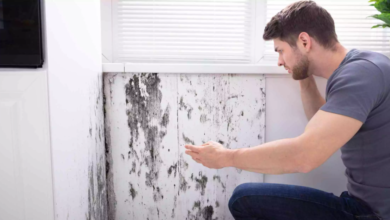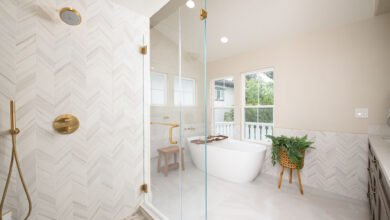When planning a project for basement finishing in Jasper, insulation often doesn’t get the spotlight it deserves, but it’s one of the most critical components for long-term comfort and energy efficiency. A well-insulated basement reduces heat loss, manages moisture, and helps regulate indoor temperatures throughout the year.
Choosing the right type of insulation depends on your basement’s specific needs, local climate, and structural design.
Understanding the Role of Basement Insulation
Basements are naturally prone to cold drafts, moisture buildup, and condensation. Poor insulation can lead to temperature imbalances between floors and increased energy bills. Unlike upper floors, basements often sit below grade, making them susceptible to water infiltration and mold growth if not insulated properly.
To ensure a durable and livable space, it’s essential to select insulation materials that provide both thermal protection and moisture resistance.
Top Insulation Options for Basements
Several types of insulation are suitable for basements, each with unique properties. Here’s a breakdown of the most recommended materials:
1. Rigid Foam Board (Extruded or Polyiso):
Rigid foam board insulation is among the most effective for basement walls. It resists moisture, provides a high R-value per inch, and serves as a vapor barrier. Unlike fiberglass batts, it doesn’t absorb water or promote mold growth, making it ideal for below-grade use.
2. Spray Foam Insulation:
Spray foam expands into gaps and cracks, offering an air-tight seal. It’s particularly beneficial in unfinished or uneven wall areas. It also doubles as a vapor barrier, which simplifies the insulation process. However, a professional application is required, and it can be costlier than other types.
3. Mineral Wool (Rock Wool):
While not as moisture-resistant as foam, mineral wool offers excellent fire resistance and soundproofing. It doesn’t compress over time and is less prone to mold than fiberglass. If used, it should be paired with a moisture barrier for added protection.
4. Insulated Panels with Integrated Framing:
These panels combine rigid foam and framing into one system, making installation quicker and more efficient. They’re ideal for remodeling projects that prioritize energy efficiency without sacrificing wall space.
When choosing insulation, aesthetics may also influence design decisions. Coordinating elements like color and finishes help create a unified look. It’s worth exploring finished basement floor color ideas to ensure your choices for insulation, walls, and flooring work harmoniously together.
Proper Installation Is Key
Even the best insulation material will underperform if installed incorrectly. All seams should be sealed, moisture barriers correctly applied, and insulation fitted snugly to prevent air leaks. Professional finishing services ensure code compliance, effective vapor control, and long-term structural performance.
In colder regions, you may also want to insulate basement floors using rigid foam beneath subflooring to minimize heat loss and improve comfort underfoot. This step can significantly increase energy savings during winter months.
Conclusion
Insulating your basement properly is one of the most impactful upgrades for home efficiency and comfort. From foam boards to spray foam, selecting the right material depends on your space’s conditions and your finishing goals. By focusing on moisture control and thermal efficiency from the start, you’ll create a comfortable, functional basement space built to last.




